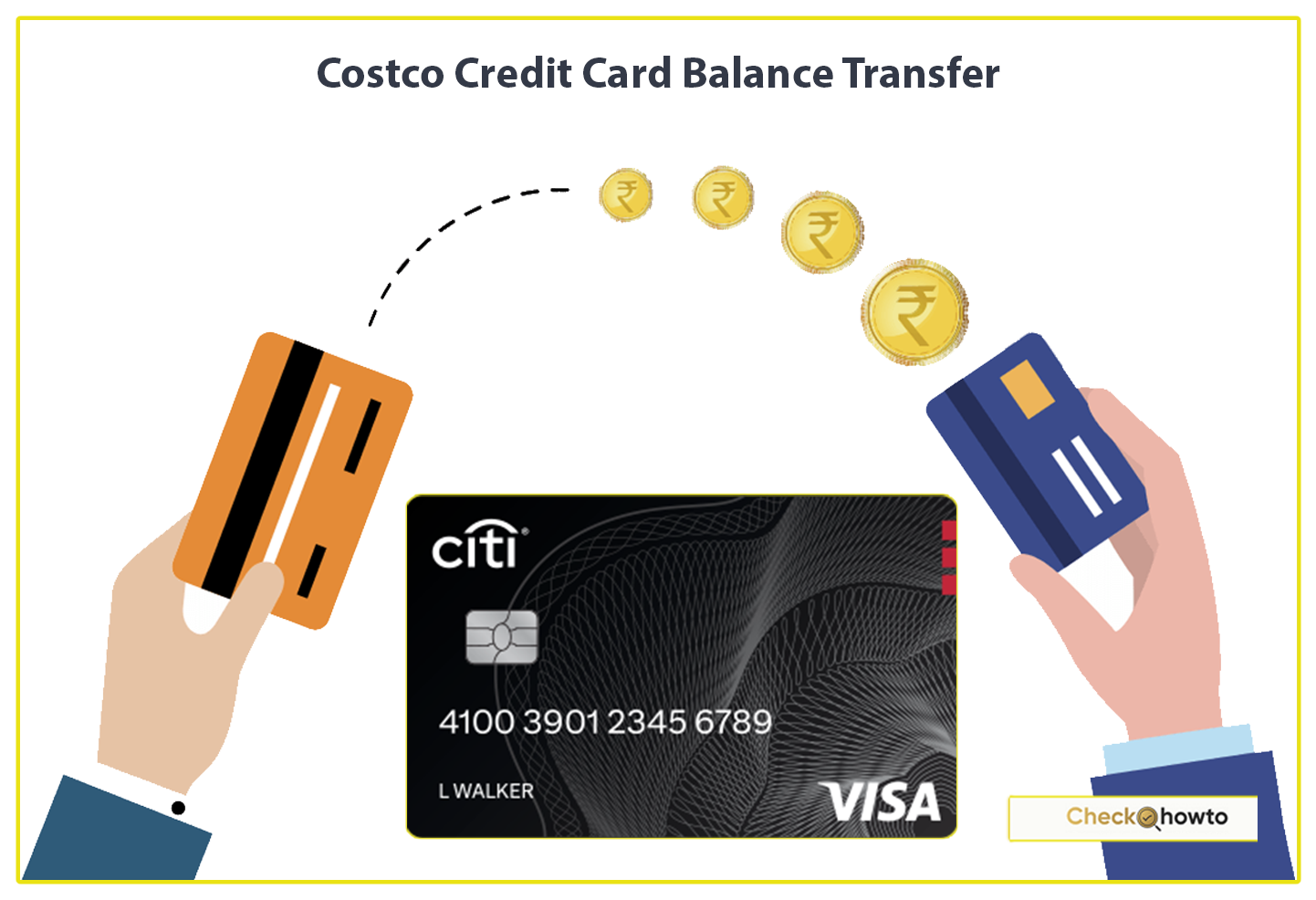As someone who’s navigated the world of credit cards, I’ve learned that managing debt can feel like a juggling act. High interest rates can make it tough to get ahead, but there’s a tool that’s helped me and could help you save money and simplify payments: a card balance transfer.
In this article, I’ll walk you through what a balance transfer is, how it works, and key considerations to ensure it’s the right move for you. By the end, you’ll have a clear understanding of this financial strategy and how to use it effectively.
What Is a Card Balance Transfer?
A card balance transfer is when you move the outstanding debt from one credit card (or sometimes other types of loans) to another card, typically one offering a lower interest rate or a 0% introductory APR (annual percentage rate).
The goal? To save on interest charges and pay down your debt faster. I’ve used balance transfers to tackle high-interest credit card debt, and it’s been a game-changer for streamlining my finances.
For you, this could mean consolidating multiple credit card balances onto a single card, making it easier to manage payments. It’s not about eliminating debt but shifting it to a card with better terms, allowing you to focus on paying off the principal rather than hefty interest.
According to recent data, with U.S. credit card debt hitting $1.17 trillion in 2024, balance transfers are a popular strategy for many looking to take control of their finances.
Key Terms to Know
- Introductory APR: A temporary low or 0% interest rate offered for a set period, often 6 to 21 months.
- Balance Transfer Fee: A one-time fee, typically 3% to 5% of the transferred amount, charged by the new card issuer.
- Credit Utilization Ratio: The percentage of your available credit you’re using, which impacts your credit score.
- Promotional Period: The time during which the introductory APR applies.
How Does a Card Balance Transfer Work?
Let me break down the process, based on my own experience and research, so you can see how straightforward it is. A balance transfer involves a few key steps, and understanding them will help you make informed decisions.
Step 1: Find the Right Balance Transfer Card
First, I research cards offering a 0% introductory APR on balance transfers. You’ll want to compare cards based on the length of the promotional period, balance transfer fees, and the regular APR after the intro period ends.
For example, some cards offer 18 months at 0% but charge a 3% fee, while others might have a shorter 12-month period with no fee. Use tools like balance transfer calculators to estimate savings. Websites like NerdWallet or Bankrate list top balance transfer cards, which I’ve found helpful.
Tip for You: Check your credit score first. Most balance transfer cards require good to excellent credit (a FICO score of 670 or higher). If your score is lower, you might still qualify for a card with a lower interest rate than your current one, but the best offers are typically for those with strong credit.
Step 2: Apply for the Card
Once I’ve chosen a card, I apply, either online or by phone, providing personal and financial details like my income and Social Security number. Many issuers, like Capital One, let you check for pre-approval without a hard credit inquiry, which is great for avoiding a temporary dip in your credit score.
Your Action: During the application, you may have the option to request the balance transfer right away. If not, you can initiate it after approval. Be ready with details of the card you’re transferring from, including the account number and the amount you want to transfer.
Step 3: Initiate the Balance Transfer
After approval, I request the transfer through the card issuer’s online portal, app, or by calling them. You’ll need to specify which balances to transfer and how much.
The issuer then pays off your old card(s) directly, and the debt appears on your new card, often with the balance transfer fee added. This process can take anywhere from a few days to two weeks, so keep making payments on your old card to avoid late fees.
Important Note: You generally can’t transfer balances between cards from the same issuer (e.g., from one Chase card to another). Also, the amount you can transfer is limited by the new card’s credit limit, minus the transfer fee.
Step 4: Pay Down the Balance
Once the transfer is complete, I focus on paying off the balance before the promotional period ends. With a 0% APR, every payment goes toward the principal, which is a huge relief.
For you, this means creating a repayment plan. For example, if you transfer $5,000 and have 18 months, aim to pay about $278 monthly to clear it before the regular APR kicks in.
Pro Tip: Avoid using the new card for purchases, as they may accrue interest at a higher rate, and payments are often applied to the lowest-interest balance first, slowing your debt payoff.
Benefits of a Card Balance Transfer
When I first tried a balance transfer, I was amazed at how much it simplified my financial life. Here are the key advantages you can expect:
- Save on Interest: A 0% introductory APR means you’re not losing money to interest, allowing faster debt repayment. For instance, transferring a $5,000 balance from a card with a 22% APR to one with a 0% APR for 15 months can save you around $1,562 in interest if paid off in that time.
- Consolidate Debt: Moving multiple balances to one card means one payment and one due date, making budgeting easier.
- Improve Credit Score: By reducing your credit utilization ratio on your old cards and making on-time payments, you may boost your credit score over time.
- Flexibility: Some cards allow transfers of other debts, like car or student loans, though terms vary.
Potential Drawdowns to Consider
While balance transfers have been a lifesaver for me, they’re not without risks. Here’s what you need to watch out for:
- Balance Transfer Fees: Most cards charge 3% to 5% of the transferred amount. For a $5,000 transfer, that’s $150–$250 upfront. Make sure the interest savings outweigh this cost.
- High Regular APR: If you don’t pay off the balance before the promotional period ends, the regular APR (often 20% or higher) applies, which could be costlier than your original card.
- Credit Score Impact: Applying for a new card triggers a hard inquiry, which may temporarily lower your score. Opening a new account also shortens your average credit age.
- Temptation to Spend: It’s easy to rack up new charges on your old or new card, which can derail your debt payoff plan. I learned to pause credit card use while focusing on repayment.
Is a Balance Transfer Right for You?
Deciding whether to do a balance transfer depends on your financial situation. Here’s how I approach it, and questions you should ask yourself:
- Can you qualify for a good offer? If your credit score is 670 or higher, you’re likely eligible for a 0% APR card. If not, explore cards with lower rates than your current ones.
- Can you pay off the balance during the promotional period? Use a calculator to estimate monthly payments. For example, a $3,000 balance over 12 months requires about $250 monthly.
- Are the savings worth the fee? Compare the transfer fee to the interest you’d pay without transferring. If the fee is less than the interest, it’s likely a smart move.
- Will you avoid new debt? Commit to a plan to avoid using credit cards while paying off the transferred balance.
Costco Credit Card Balance Transfer
Tips for a Successful Balance Transfer
Based on my experience, here are practical tips to maximize your balance transfer:
- Read the Fine Print: Check the length of the promotional period, transfer fees, and regular APR. Some cards have shorter intro periods for purchases than transfers.
- Act Quickly: Many offers require you to complete the transfer within 60–90 days to get the 0% APR. Don’t delay
- Set Up Auto-Payments: Ensure you make at least the minimum payment on time to keep the promotional rate. Missing a payment can cancel the 0% APR.
- Keep Old Accounts Open: Closing your old card after the transfer can increase your credit utilization and hurt your score. Keep it open but unused.
- Track the Promotional Period: Mark the end date on your calendar. Credit card companies won’t always remind you when the 0% APR expires.
Alternatives to Balance Transfers
If a balance transfer isn’t right for you, I’ve explored other options that might work better:
- Debt Consolidation Loan: A personal loan with a fixed rate and term can consolidate multiple debts. It’s ideal if you need more time to repay.
- Debt Management Plan: Work with a nonprofit credit counseling agency to negotiate lower rates with creditors. This is great if you don’t qualify for a balance transfer.
- DIY Debt Payoff: Use strategies like the debt avalanche (paying off high-interest debts first) or debt snowball (paying off smallest balances first) to tackle debt without new credit.
Final Thoughts
As someone who’s used balance transfers to manage credit card debt, I can attest to their power when used wisely. By moving high-interest balances to a card with a 0% introductory APR, you can save hundreds—or even thousands—in interest and simplify your payments. However, success requires discipline: pay off the balance before the promotional period ends, avoid new debt, and understand the fees and terms.
Before you dive in, assess your credit score, calculate potential savings, and create a repayment plan. If you’re ready to take control of your debt, a balance transfer could be the tool you need to get back on track. For more details on specific cards, check trusted resources like NerdWallet, Bankrate, or your card issuer’s website.



